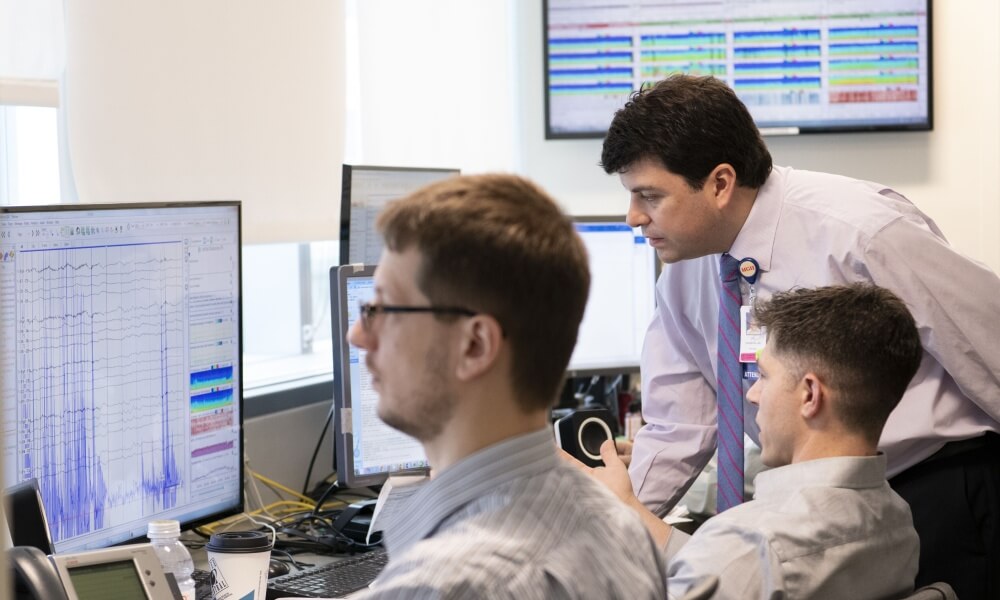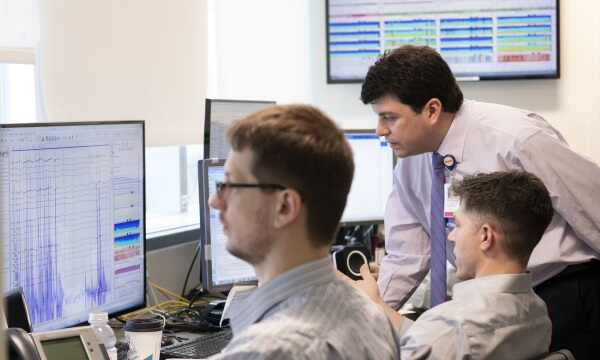Multimodality Neuromonitoring and Neurophysiology Service
Multimodality Neuromonitoring is the process of monitoring the brain and body through a variety of sensors to diagnose the unique physiology of each patient in an effort to personalize care.


Support Our Work
Philanthropic support is critical to advance our mission to treat serious acute brain injury and enhance recovery.
